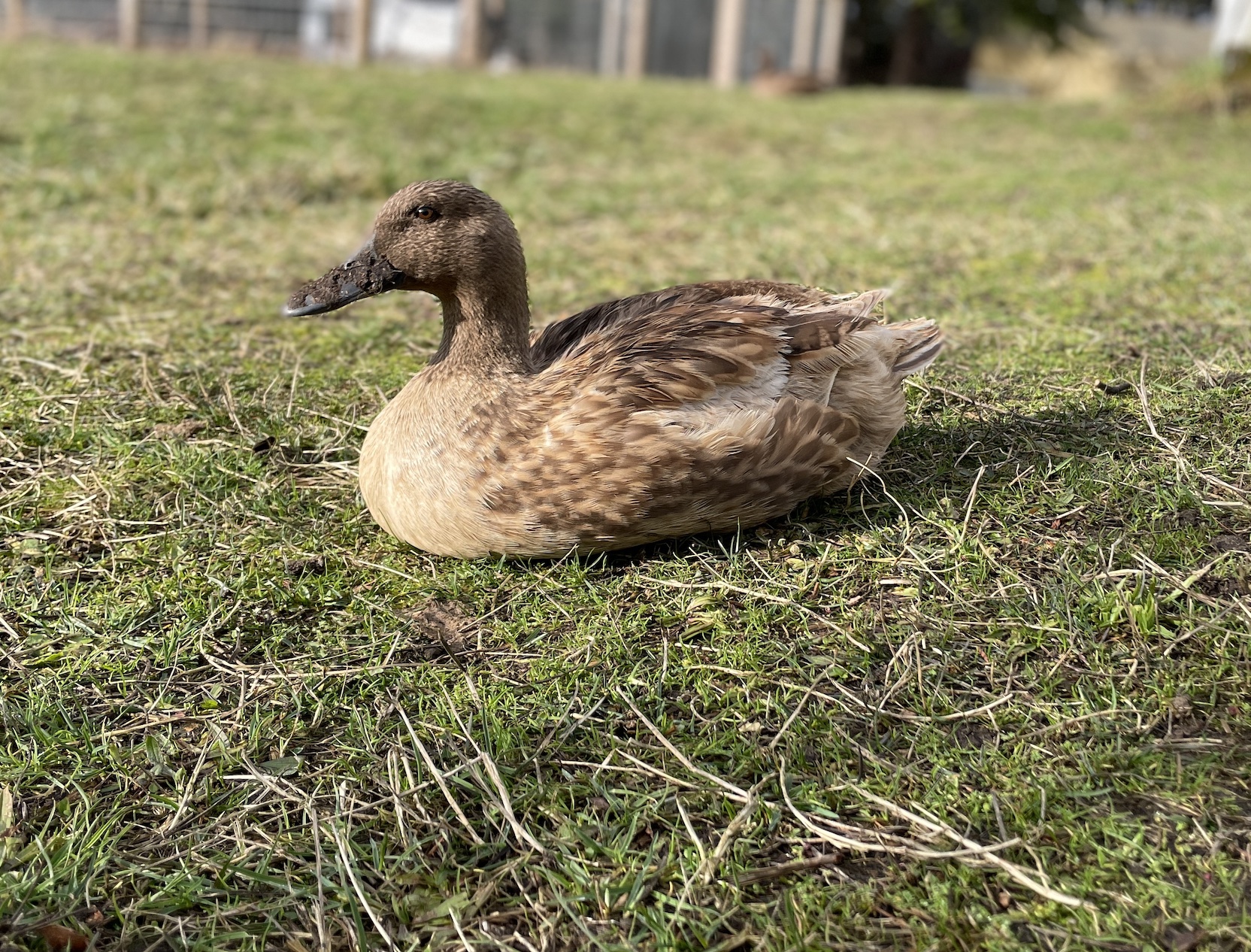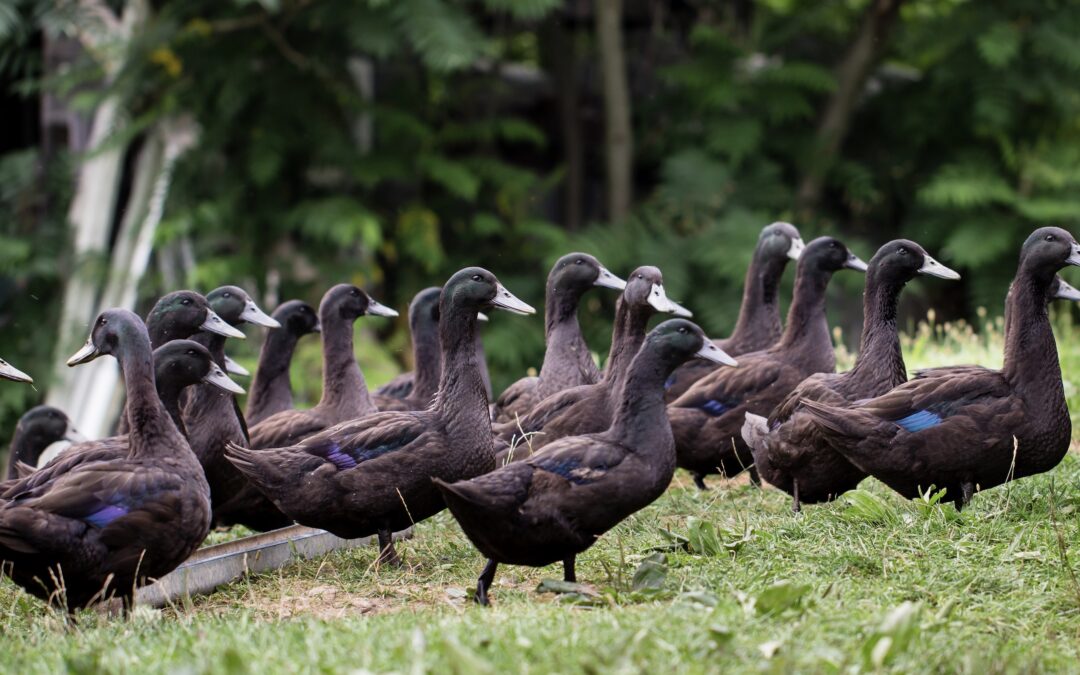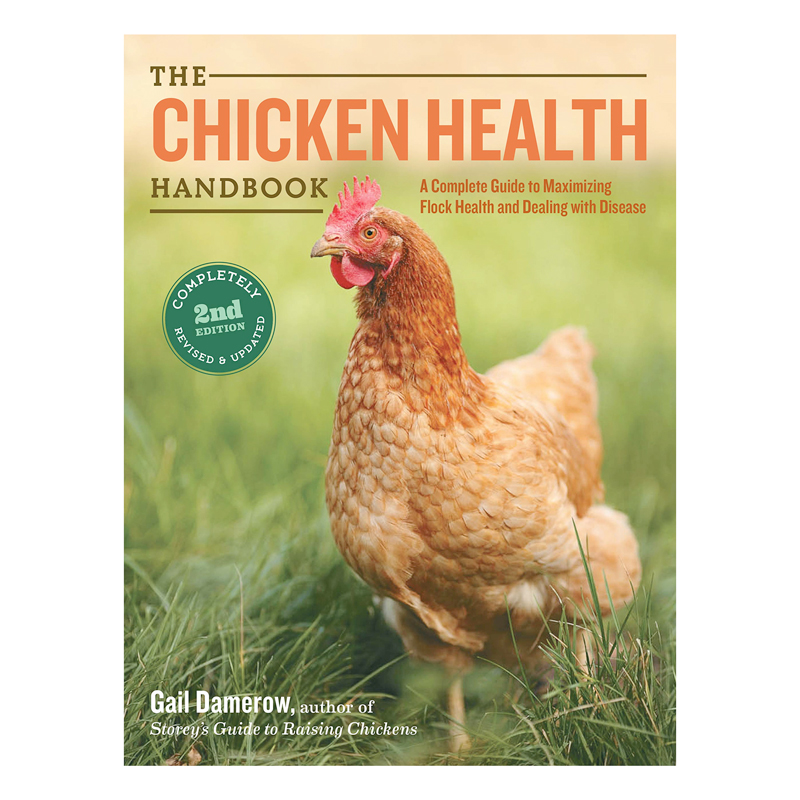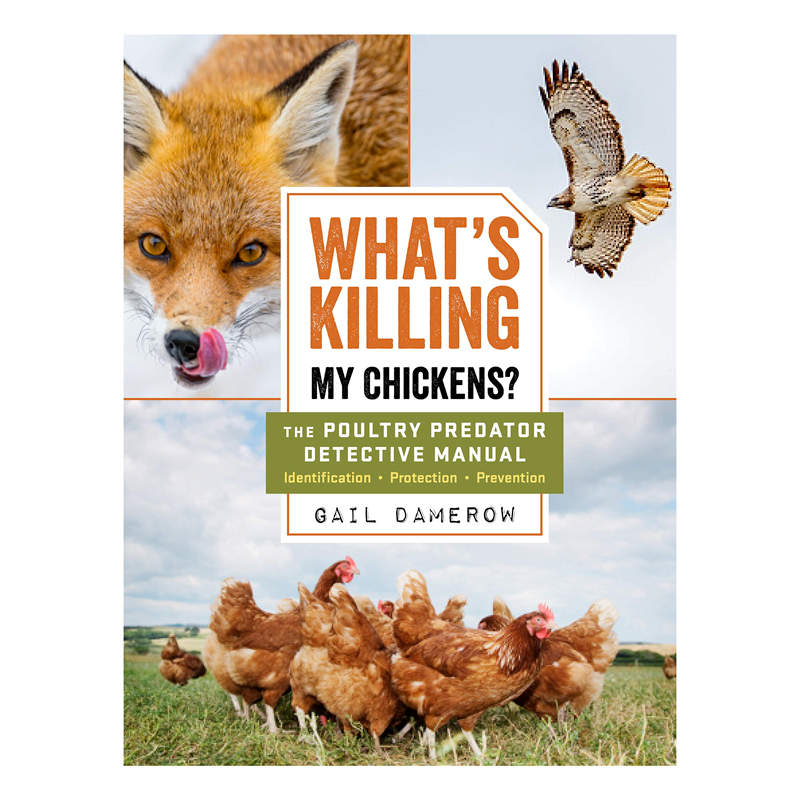Ducks hardly ever get sick and rarely suffer from the same body parasites as chickens. But ducks do occasionally experience health issues. Continuing our interview series with Gail Damerow, poultry expert and best-selling author, we ask her to discuss health concerns for ducks.
What is the most common health issue for ducks?
“Lameness is the most common health concern for ducks. And a typical cause of lameness is an infected abscess on the bottom of the foot pad. This condition is known as bumblefoot. It may involve one or both feet, and most often affects the heavier duck breeds,” Damerow explains.
“Some poultry keepers like to refer to the abscess core as a bumble. But the name actually comes from an old British word meaning “to walk unsteadily,” or bumble.”
What causes bumblefoot in ducks?
“The abscess may result from a splinter, thorn, or other sharp object penetrating the foot pad. However, it may simply occur in ducks kept on dry, hard-packed ground that causes cracks in the foot pad. Either way, bacteria can enter and infect the wound, creating an abscess.”
How can we prevent bumblefoot in ducks?
“There are a few ways to prevent this health issue for ducks. Be sure to keep the duck pen clear of sharp rocks and other pointy objects, such as nails or shards of glass. Use clean straw, shavings, or sand to cover hard surfaces like concrete, gravel, or hard-packed soil. Frequently clean the area around the feeder, or periodically move it to a new location,” she advises.

Is angel wing a problem for ducks?
“If a duck’s flight feathers grow faster than the wing structure, it certainly can be a health concern for ducks. The flight feathers of one or both wings then stick out at an angle, away from the duck’s body. For reasons nobody knows, when angel wing affects only one side, it’s usually the left side,” Damerow explains.
“Besides the term angel wing, this deformity goes by several other names: airplane wing, crooked wing, slipped wing, split wing, or twisted wing. It affects Muscovies more than other duck breeds. Additionally, it affects drakes more often than hens. It’s really more of a cosmetic issue than a health problem, though.”
Can angel wing be prevented?
“Wild waterfowl don’t experience this issue, except when humans interfere with their natural diet. Therefore, the best way to prevent it is to feed ducklings correctly. That means focusing on a natural diet and not feeding them for rapid growth. Except, of course, if you are raising ducks for meat. In that case angel wing isn’t an important issue,” she advises.
“Otherwise, you should avoid feeding a high calorie diet and don’t overfeed, especially if the ducks lack ample space for foraging, swimming, and other exercise. Ducks shouldn’t have a problem when fed regular duck rations according to instructions on the label, as opposed to an improvised diet that includes bread and other processed foods not intended for ducks.
“If a wing starts drooping or twisting outward, you can often correct it by switching the ration to plain alfalfa pellets. Or, simply let the young ducks graze on good pasture. By the time ducks are 16 weeks old, their joints are strong enough to properly support their wings. At that point, they are no longer in danger of developing angel wing.”

Do female ducks have any egg laying problems?
“Duck hens rarely have serious health concerns related to laying eggs. Occasionally, a duck that’s just starting to lay may become egg bound, meaning the egg gets stuck and won’t come out the vent. Egg binding can also occur if a duck tries to lay a misshapen egg, an egg with a soft shell, or a double-yolk egg. Other causes of egg binding include nutritional deficiency, obesity, or infection.
“Another rare but possible health issue for laying ducks is prolapse. It happens when the vaginal tissue that pushes an egg out the vent fails to retract back inside. The same factors that cause egg binding can cause prolapse. It may also happen if the hen’s muscles become weak after a prolonged period of egg laying. Another cause is when a duck may be mated too often, meaning the flock has too few ducks per drake or too many drakes in general,” she cautions.
What about drake health issues?
“Again, drakes rarely have serious health concerns. Occasionally, they can develop phallus prostration, otherwise known as penis paralysis. Unlike roosters and the males of most other bird species, drakes have a penis. You rarely see it because it’s tucked inside the body.
“Sometimes, an amorous drake overdoes it to the point that his penis will no longer retract. Instead, it bounces around behind him, eventually becoming dirty and dried out, and may even break off.
“Luckily this condition isn’t all that common. In five decades I’ve seen it only once,” Damerow says.
What can you tell us about bird flu in domestic ducks?
“Bird flu, or avian influenza, results from the same kind of viruses that cause flu in other animals, including humans. The type that causes flu in birds is called type A,” she explains.
“The natural hosts for type A influenza viruses are wild aquatic birds, including wild ducks. These birds typically don’t show signs of disease. However, they can spread the virus among themselves and to other wild or domestic species, including chickens.
“Domestic ducks become infected through contact with infected chickens or other poultry, or from contact with infected wild ducks and other aquatic birds. They may also become infected through contact with contamination, such as drinking water containing the virus in poop or saliva.
“Most of the time, infected domestic ducks don’t show any signs of illness, but they can spread the virus to other domestic poultry, including chickens and other ducks. During a bird flu outbreak, your best bet is to isolate your ducks — indoors if at all possible — until the outbreak is over.”

Gail Damerow has been keeping chickens for nearly 50 years and has written several books about them including Storey’s Guide to Raising Chickens, The Chicken Health Handbook, The Chicken Encyclopedia, Hatching and Brooding Your Own Chicks, and What’s Killing My Chickens. For more about Ms. Damerow, visit her blog at GailDamerow.com.
Gail Damerow’s headshot courtesy of Kathy Shea Mormino.
Photo of a Khaki Campbell courtesy of Megan Christison.
Photo of a Silver Appleyard and Welsh Harlequin duckling courtesy of Cassidy Cornell.




